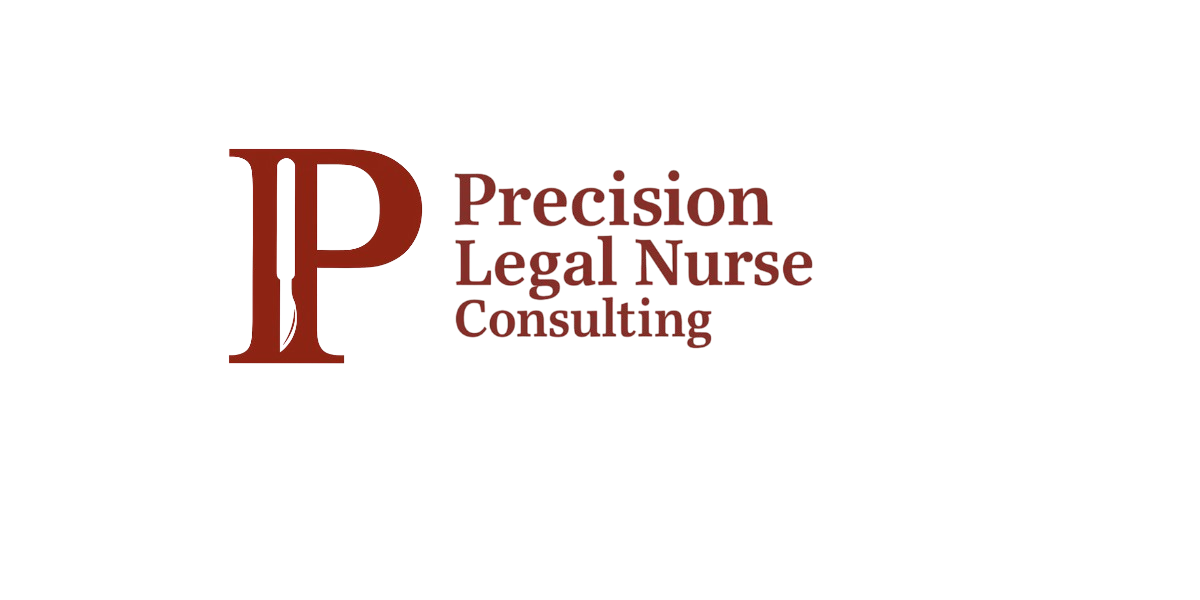Screening Cases: The Legal Nurse Consultant’s Role
Early case screening is one of the most important services a legal nurse consultant provides. Plaintiff firms operate on contingency and invest significant time and money into every case they accept. A weak claim drains resources. A strong claim requires early clarity.
My role is to help attorneys make that call quickly and accurately.
Below is how I approach rapid clinical screening in medical malpractice and personal injury cases.
Why Early Case Screening Matters
High financial risk
Med-mal cases are expensive. On average, plaintiff firms spend $40,000 to $100,000 on a single case before trial. Complex surgical cases, anesthesia events, birth injuries, and neuro cases can exceed $150,000 to $300,000 once expert fees, depositions, and independent medical exams stack up.
If the case has no medical basis, the law firm absorbs that loss.
This is why early screening is non-negotiable.
Early detection
It is far better to discover lack of merit on day one than during expert review, or worse, during litigation.
Contingency fee reality
Plaintiff firms only get paid if they win. They rely heavily on accurate, clinically grounded case screening to decide which files deserve investment. Remember, they are a business and must operate as such.
What an LNC Actually Does for Plaintiff Firms
When screening a case, I look at whether the injuries, facts, and allegations align. My job is to:
Review the medical records and reconstruct the clinical story
Determine whether the alleged injury is real, documented, and medically supported
Flag inconsistencies, gaps, or contradictions
Identify deviations from standards of practice
Give the attorney a clear “proceed, investigate further, or decline” recommendation
Attorneys need clarity. Not speculation. Not emotion. Clarity.
The Four Steps of Effective Case Screening
1. Evaluate the nature of the claim
Is it malpractice, negligence, personal injury, or a hybrid?
Each has different clinical and legal elements that must be satisfied.
2. Evaluate the facts
What actually happened medically?
Does the client’s story match the documentation?
Where do the timelines or notes conflict?
3. Evaluate the injuries
Are the injuries documented?
Do they match the alleged mechanism of harm?
Is there a prior condition or unrelated cause?
4. Evaluate the law
Does the case satisfy the legal framework the attorney must meet?
Duty, breach, causation, and damages are the basics.
In Idaho, the community standard of care adds another required layer.
This four-step structure prevents attorneys from investing in cases that will collapse later.
Understanding Standards of Care
A standard of care is the accepted level of skill, judgment, and diligence a reasonably competent provider would use under similar circumstances.
For med-mal, this is the foundation of every case.
Standards often come from:
AORN Guidelines
ANA Code of Ethics
Hospital and system policies
Specialty-specific clinical guidelines
In Idaho specifically, standards must be tied to the local community standard and not just national guidelines.
When screening, I determine:
What standard applied
Whether the provider’s actions aligned with that standard
Whether deviation contributed to the injury
Whether the records support or undermine the alleged breach
Evaluating the Facts Objectively
Liability lives and dies on facts.
My job is to strip emotion out of the process and examine the record clinically.
I focus on:
Record accuracy
Timelines
Nursing assessments
Orders and interventions
Missed warning signs
Communication breakdowns
Documentation contradictions
Objectivity is essential.
Empathy cannot cloud analysis. The only question that matters is:
How defensible or indefensible are the facts?
A severe injury does not equal negligence.
A clear deviation with no harm does not equal a viable case.
Facts dictate direction.
Connecting Injuries to the Alleged Event
Clear causation is often the difference between a strong claim and an unviable one.
I assess:
Whether the injury is real, measurable, and documented
Whether it matches the alleged mechanism of harm
Whether alternate medical explanations exist
Whether timing supports or weakens the claim
This helps attorneys avoid cases where breach and causation do not align.
The Opinion Letter: The Outcome of Screening
After rapid screening, attorneys often request a formal opinion letter.
This is a concise, one to two-page summary that states:
Whether the case appears to have clinical merit
Why or why not
What the strongest and weakest points are
What the attorney should do next
The goal is simple: help the attorney decide whether to accept, decline, or invest further.
Opinion letters are not testimony.
They are triage.
They help firms avoid costly mistakes and double down on strong cases.
Final Takeaway
Effective case screening demands clinical judgment, objectivity, and the ability to separate fact from narrative.
A skilled LNC:
Reconstructs the story hidden in the records
Identifies deviations and causation issues early
Clarifies injury legitimacy
Keeps attorneys from wasting time and resources
Strengthens the cases that deserve to move forward
In short:
I don’t just review medicine.
I vet the story.
If your firm is evaluating a new medical or surgical case and needs a rapid clinical screen, feel free to reach out:
ryder@precisionlegalnurse.com
